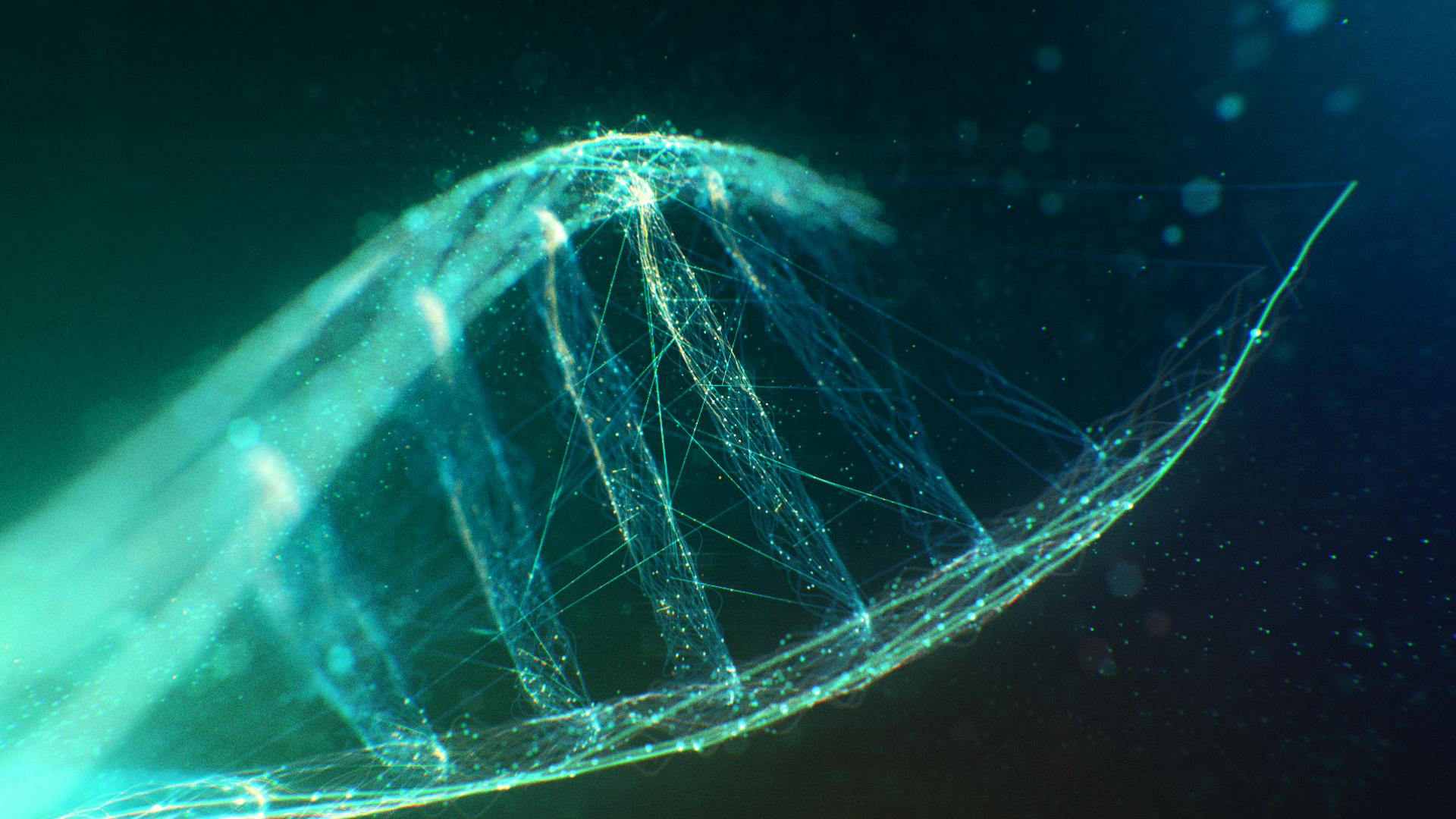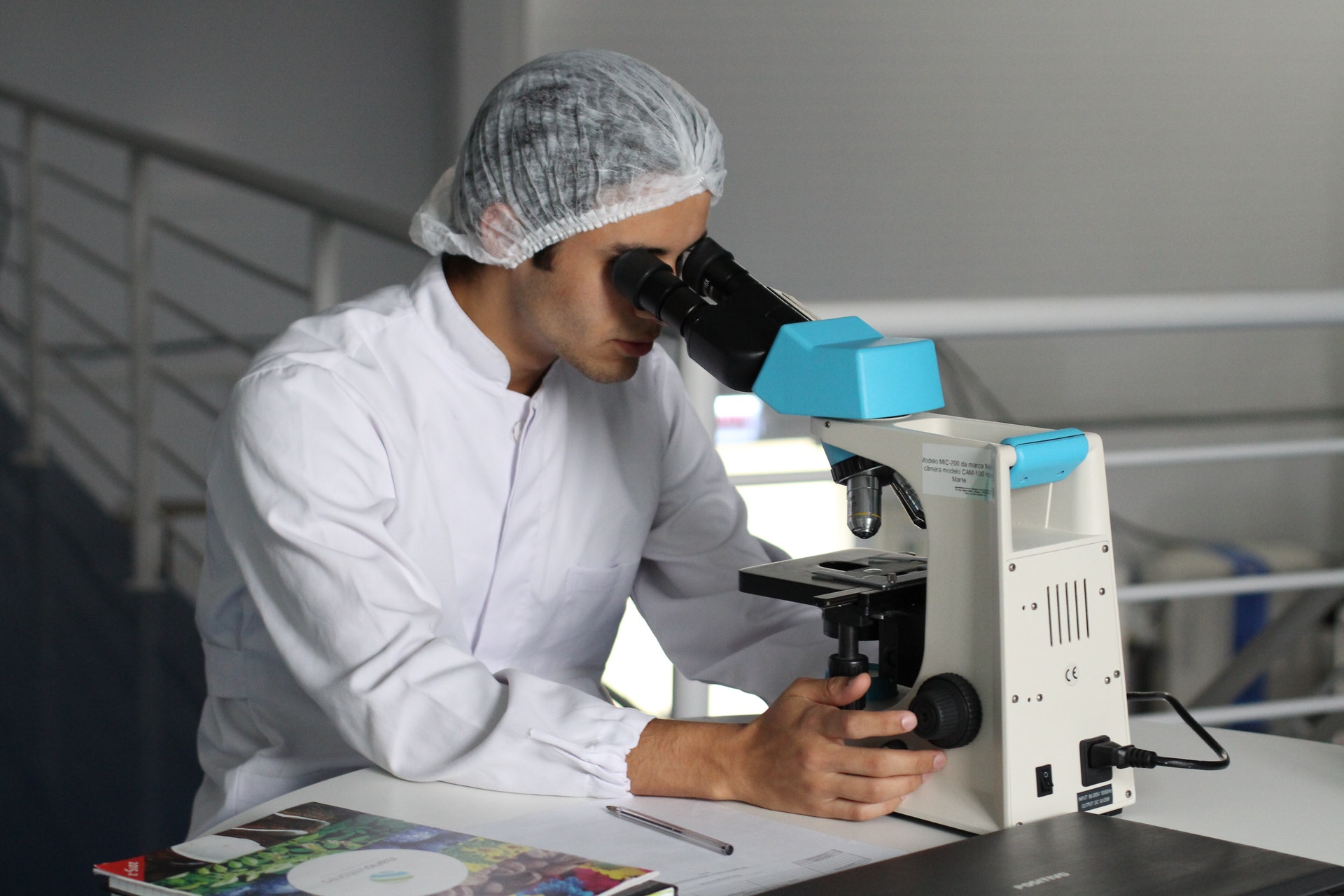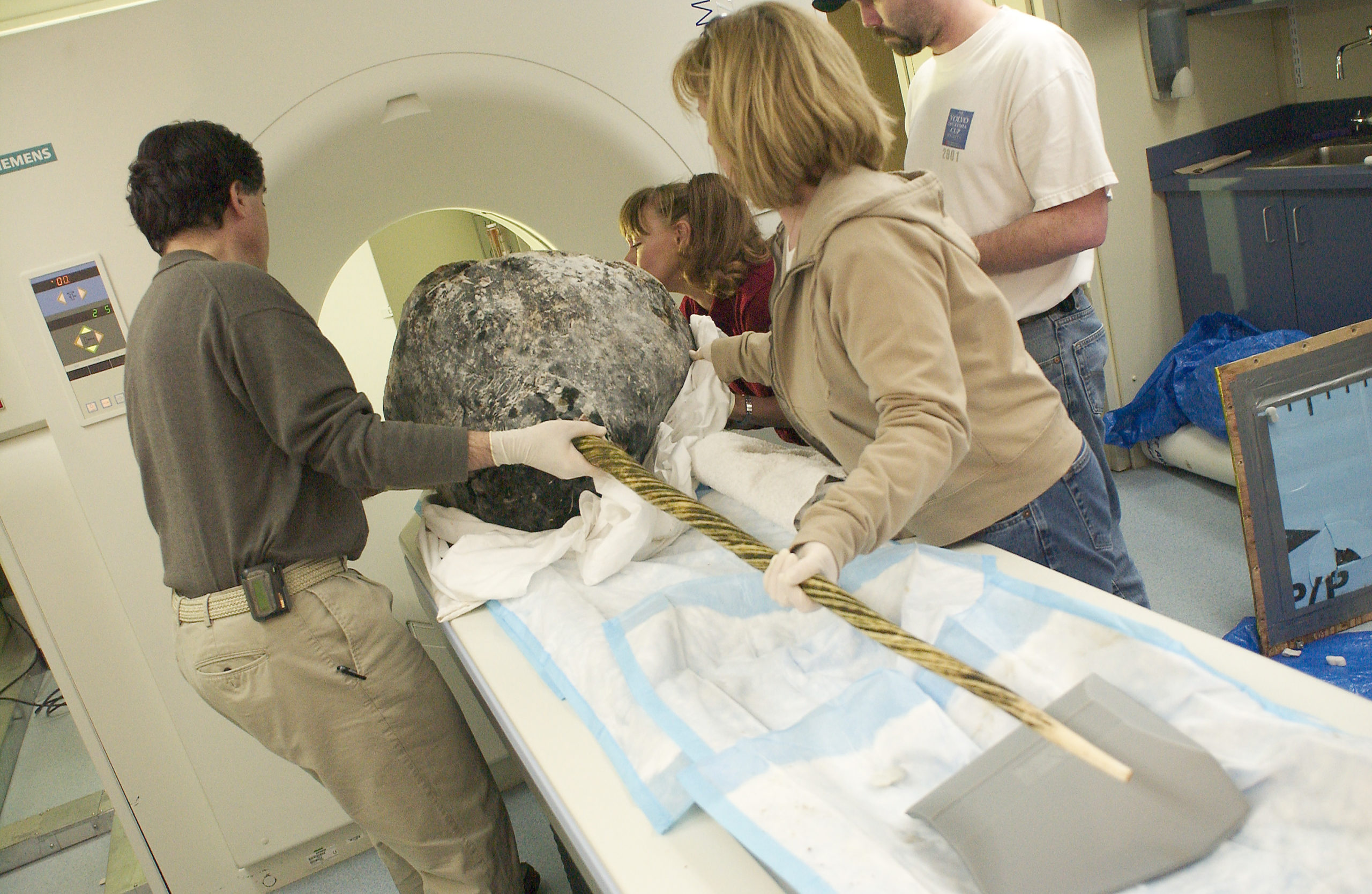Field Studies
Solenodon – An Unusual Venomous Mammal
Solenodons are amazing mammals. They are members of the Eulipotyphla – a group formally known as ‘insectivores’, or insect eater, and that contains moles, hedgehogs, and shrews. Only two solenodon species are known to science, and both are found on Caribbean islands; one in Hispaniola and the other in Cuba. Both species of are endangered due to habitat loss and the introduction of dogs, cats, and mongooses over the centuries; they are now rarely seen by locals, because of their reduced numbers, but also because they are nocturnal and live in burrows in forested areas. From an evolutionary perspective, solenodons are particularly interesting – they diverged from other mammals over 70 million years ago, at a time when dinosaurs still roamed the land. They are surprisingly large, live in social groups, and feed on a variety of invertebrate and small vertebrate prey. To do so they employ two interesting adaptations – first, their snout is hosted on a ball and socket joint and used to search for prey. Second, they produce venom from glands on their lower jaw and deliver it by deeply grooved incisor teeth.
This latter adaptation, in particular, fascinates me. I’m a venom biologist, and I seek to understand how venom systems evolved, how they function, and how they have diversified over time. Venoms are key innovations found throughout the animal kingdom, with diverse groups such as jellyfish, spiders, snakes, fish, and stinging insects all using these chemical weapons to capture prey or defend themselves from potential predators. Venom is, however, extremely rare in mammals, with only animals like the platypus, slow loris, and certain shrews using it. Solenodons also have venom, but until recently we had no understanding of what solenodon venom was, what it did, and why these unusual mammals have it. To investigate this further, in 2015 I had the opportunity to collect samples from the Hispaniolan solenodon ( Solenodon paradoxus ) in the Dominican Republic, aided by colleagues Sam Turvey and Ros Kennerley from the Zoological Society of London and Durrell Wildlife Conservation Trust. While Sam coordinated our efforts and obtained the permits required to collect samples from these endangered animals, it was up to Ros and me to travel to the Dominican Republic. On arrival, we drove across the country from the east coast to Pedernales Province in the south near the Haitian border.There we spent four days collecting venom samples from solenodons, aided by two incredible local guides. Collecting the venom was surprisingly easy – using an approach sometimes used to collect venom from lizards, we placed a thick, soft, plastic tube in the jaws of the solenodon and let it chew away, resulting in viscous venom dripping from the tube into a container we held beneath.
Crucial to our later analysis of the venom was obtaining DNA data from the solenodon so that we could identify the toxic proteins found in these oral secretions. To that end we collected blood samples from the only captive solenodons in the world, housed off-exhibit at ZOODOM, the Dominican Republic’s national zoo. Later, these samples were used to generate a draft genome of this species, which detailed the genetic blueprint of the solenodon, including the genes used to make its venom. Combining this DNA data with information on the venom proteins enabled us to make a entirely unexpected discovery – solenodon venom consists of the same types of toxins that venomous shrews have, yet these two groups have independently evolved their venom systems. These findings represent a case of convergent evolution, whereby distinct organisms converge on the same solution when faced with similar environmental challenges. Although more research will needed to find out for sure, it seems that solenodons use their venom to help them to capture their occasional vertebrate prey, as the venom causes rapid drops in blood pressure, potentially leading to shock. As well as providing insight into the venom system of this curious mammal, untangling the genetic information of this species may prove to be a valuable tool for conservationists as they seek to protect this endangered species from further fragmentation of its already precarious habitat.
CLICK HERE TO VIEW FULL PAPER ON THIS CASE STUDY
Words & Story Nick Casewell,
Liverpool School of Tropical Medicine

Photo Left: Source from
Photographer Lucy Emery






